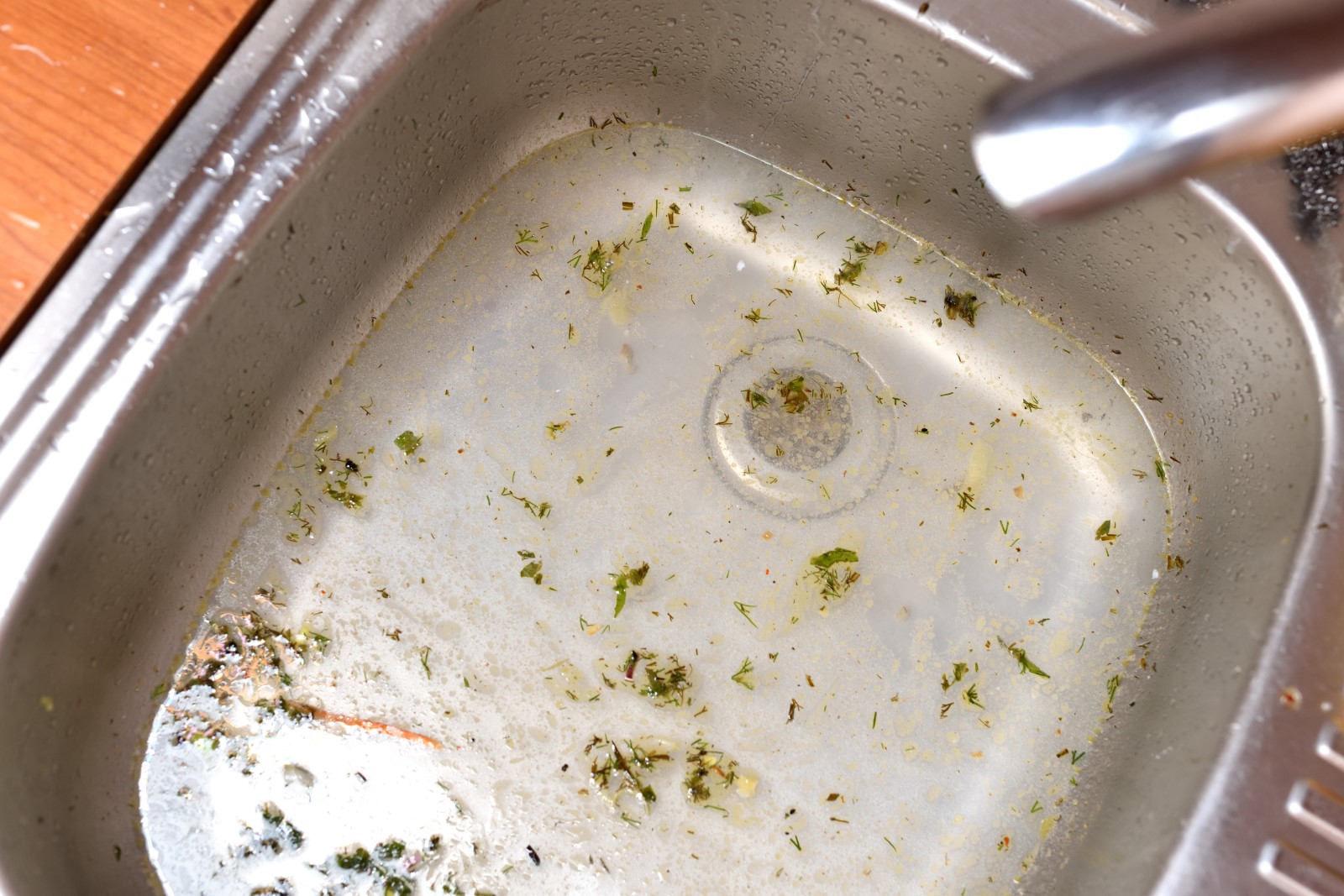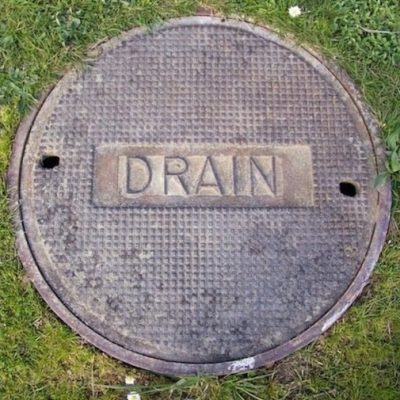We have uncovered the article pertaining to 8 Tips For Clearing A Blocked Drain down the page on the net and felt it made perfect sense to talk about it with you on my blog.

Intro
Taking care of an obstructed drain can be a frustrating experience, disrupting everyday activities and possibly triggering damages to your building. Nonetheless, prior to connecting to pipes professionals, there are actions you can require to deal with the concern yourself. In this guide, we'll check out do it yourself solutions and preventive measures to deal with an obstructed drainpipe effectively.
Recognizing the Issue
The very first step in dealing with an obstructed drainpipe is identifying the signs. Slow drain, gurgling noises, foul odors emanating from drains, or water support up are common signs of a blocked drainpipe. Recognizing these indications early can help avoid further issues.
Selecting the Right Plumbing Solution
When selecting a pipes service, take into consideration aspects such as experience, licensing, and client testimonials. Choose a trustworthy plumbing with a performance history of top quality handiwork and clear rates methods.
Price Factors to consider
The price of expert drain cleaning company can differ depending on the severity of the blockage and the plumbing's rates. Request quotes from numerous service providers and inquire about any added fees to guarantee openness and prevent shocks.
Safety Measures
When attempting do it yourself drainpipe cleaning, focus on safety. Wear protective handwear covers and glasses to avoid contact with dangerous chemicals or microorganisms. Never ever blend different drain cleaning items, as this can generate hazardous fumes.
Case Researches
Real-life instances show the performance of DIY services and the relevance of prompt professional intervention in fixing drain blockages.
Common Causes of Obstructed Drainpipes
Recognizing the elements that add to drain pipes blockages is necessary for reliable resolution. Common culprits include hair, soap residue, oil, food debris, and international items like hygienic products or paper towels. Tree roots getting into underground pipes can also trigger significant blockages.
Do it yourself Solutions
For minor blockages, numerous DIY remedies can be efficient. Putting boiling water down the drainpipe can assist liquify oil and debris. Sodium bicarbonate and vinegar or a mixture of salt and cooking soft drink can work as natural cleansers. Making use of a plunger or plumbing snake to displace obstructions is one more choice.
Devices and Equipment
Having the right devices handy can make do it yourself drainpipe cleaning more reliable. A bettor is a versatile tool for removing obstructions in sinks, bathrooms, and showers. A plumbing snake or auger can reach deeper blockages, while drainpipe cleansing chemicals can be made use of very carefully for stubborn blockages.
Preventive Measures
To avoid future blockages, embracing preventive measures is vital. Set up drain guards or strainers to capture hair and particles before they enter the pipes. On a regular basis flush drains pipes with warm water to liquify oil buildup, and avoid getting rid of grease or strong waste down the drain.
When to Call a Specialist
While do it yourself remedies can settle minor clogs, specific signs suggest the requirement for expert support. Relentless obstructions, foul odors regardless of cleansing efforts, or several drains pipes backing up all at once are warnings that warrant expert treatment.
Verdict
By complying with the ideas laid out in this guide, you can properly take on blocked drains and stop future plumbing problems. Whether selecting DIY options or looking for expert support, punctual activity is crucial to preserving a healthy plumbing system and protecting the stability of your home.
WHAT I LEARNED FROM TRYING TO DEAL WITH A CLOGGED DRAIN
We have had our share of seepages and other annoying things that are part of living, especially in an apartment complex. And if there’s one thing that’s terrifying for a homeowner—or even someone in a rented home—it is a clogged drain, indoors or outdoors.
We enjoy our living space, but it’s simply a fact of life that dead skin, soap and a host of other items go down the drain; eventually, the residue builds up and prevents anything from moving. Ugh.
Not Calling A Professional
Of course, it might seem simple to just whip the pipe off under the sink and see if you can unblock it. Unfortunately, what if the blockage isn’t there, or you don’t reconnect it properly? Worse, you might break a piece and have no drainage system. Can you imagine that scene? Yuck!
Not Watching Your Waste
This will sound d’uh, but the best tip I can give you for drain cleaning is to avoid clogging the drain in the first place! You can do this by monitoring what goes down the drain and catching the items which are most likely to give you a problem. Invariably hair, vegetable peels, and large wads of toilet paper are the most obvious culprits. Add a filter—these are available in hardware stores and can be removed and cleaned easily.
Poking The Drain
The first urge with a clogged drain is to poke at it with a stick or anything that resembles a stick. Sadly, this does not result in magically solving the issue. The mental image is, naturally, one of the stick just pushing through the offending item and all is well again. Reality is quite different and unpleasant and likely to lead to further problems.
The thing is, every drain has a series of bends that are not visible to us. Drains are built this way to prevent gases from entering the house. What happens when you poke a stick into the drain? Of course, it can’t bend around the corner. The more adventurous people will use force and end up wedging the stick or causing it to break off in the pipe—creating an even bigger issue. Worst thing? The stick will shift the block further down the pipe, creating the space for more to collect. Go ahead! Roll your eyes!
Using The Wrong Plunger
You know what they say: the right tool for the right job! Did you know there are different types of plungers besides the basic one we keep at home for an emergency? Yes, there are. For example, the toilet plunger has a bell-shaped bottom while the sink plunger is flat. This is an important difference and using the wrong plunger will be useless. There’s also a knack in using plungers—they must be placed in such a way that they create an airtight seal and then, moved slowly up and down—not as fast as we imagine.
https://vidyasury.com/2018/01/learned-trying-deal-clogged-drain.html

As a keen person who reads on 8 Tips For Clearing A Blocked Drain, I assumed sharing that piece of content was beneficial. Enjoyed our article? Please quickly share it. Help someone else locate it. Thank you so much for taking the time to read it.
Visit Our Site